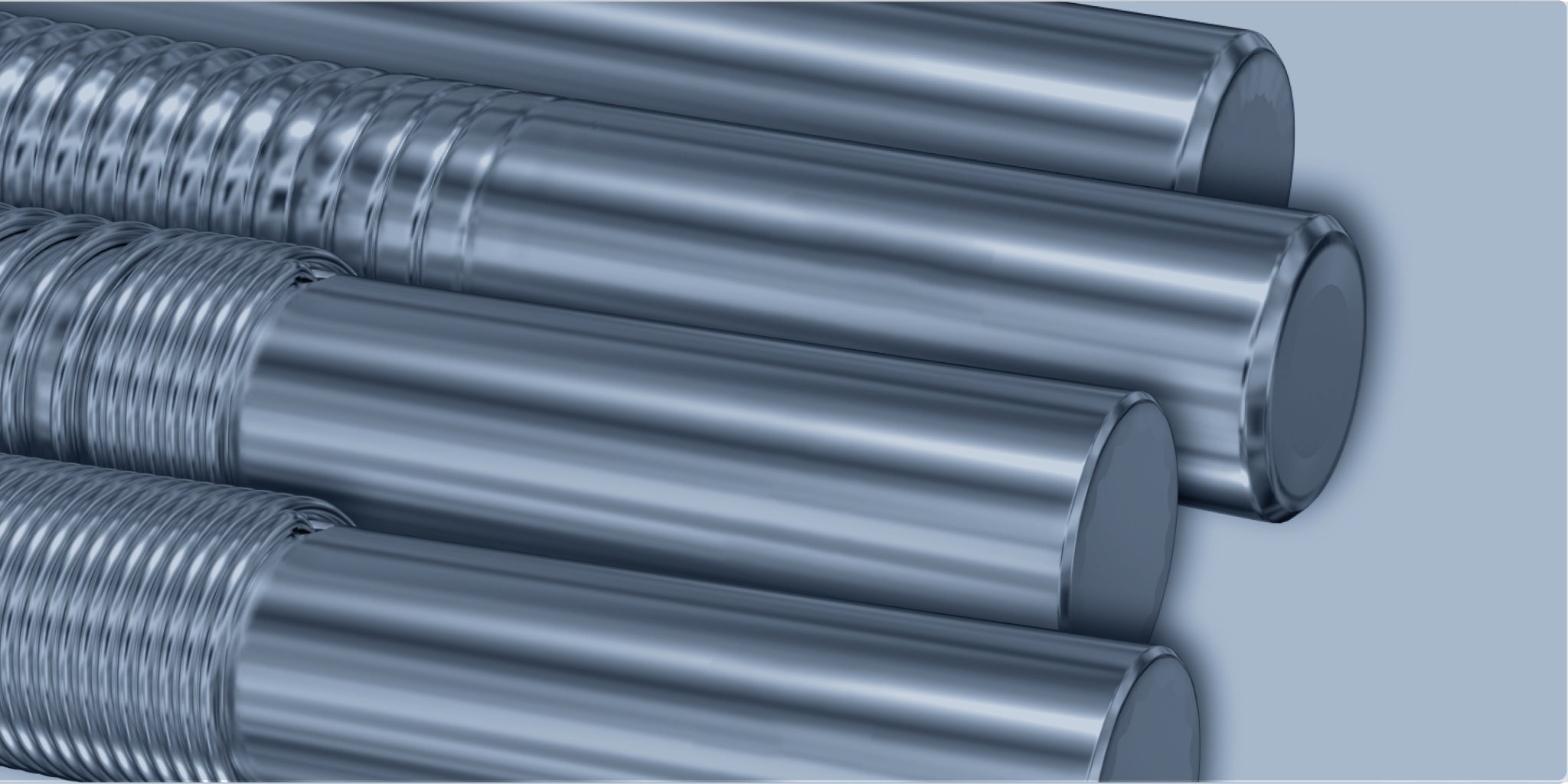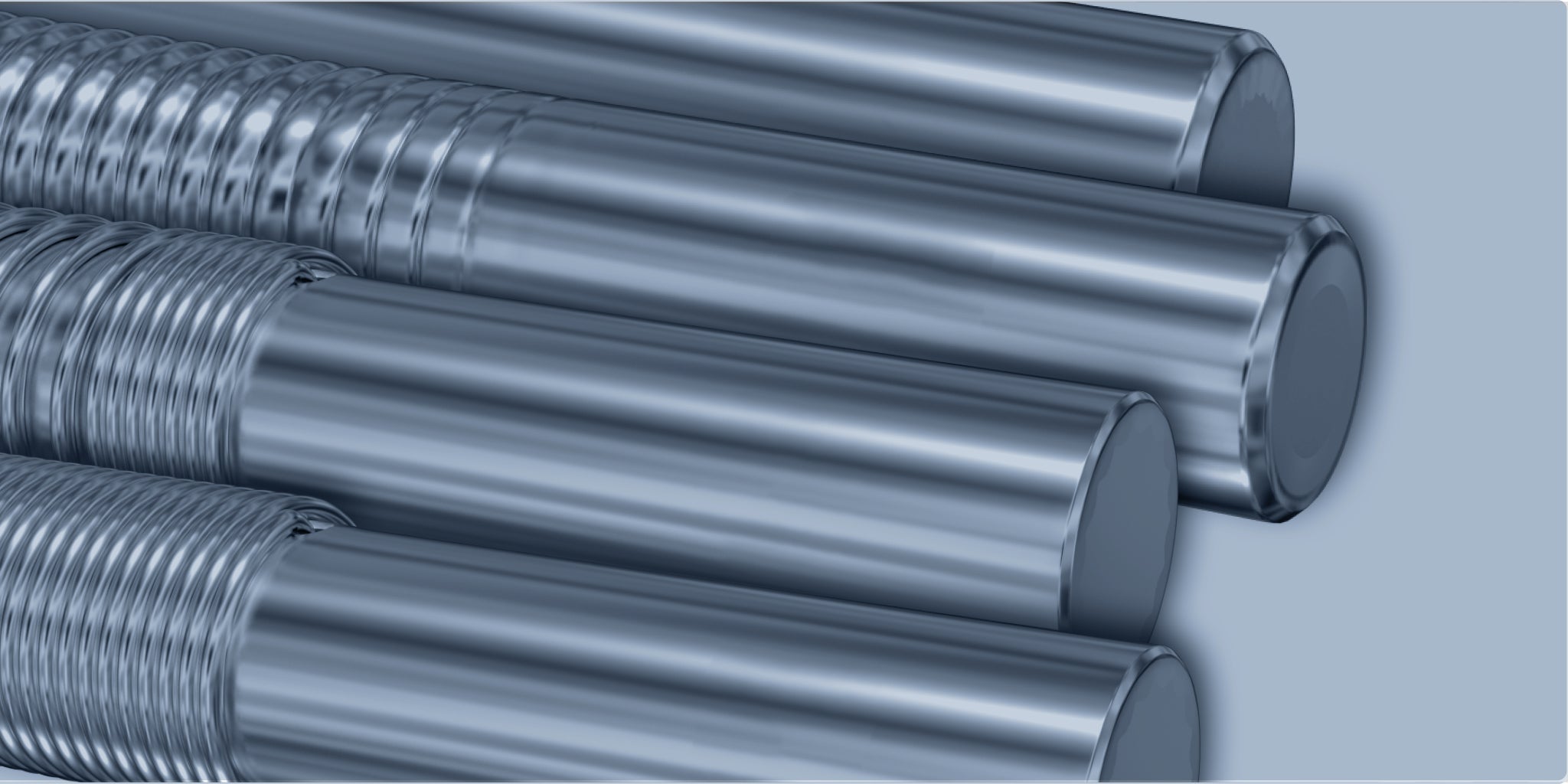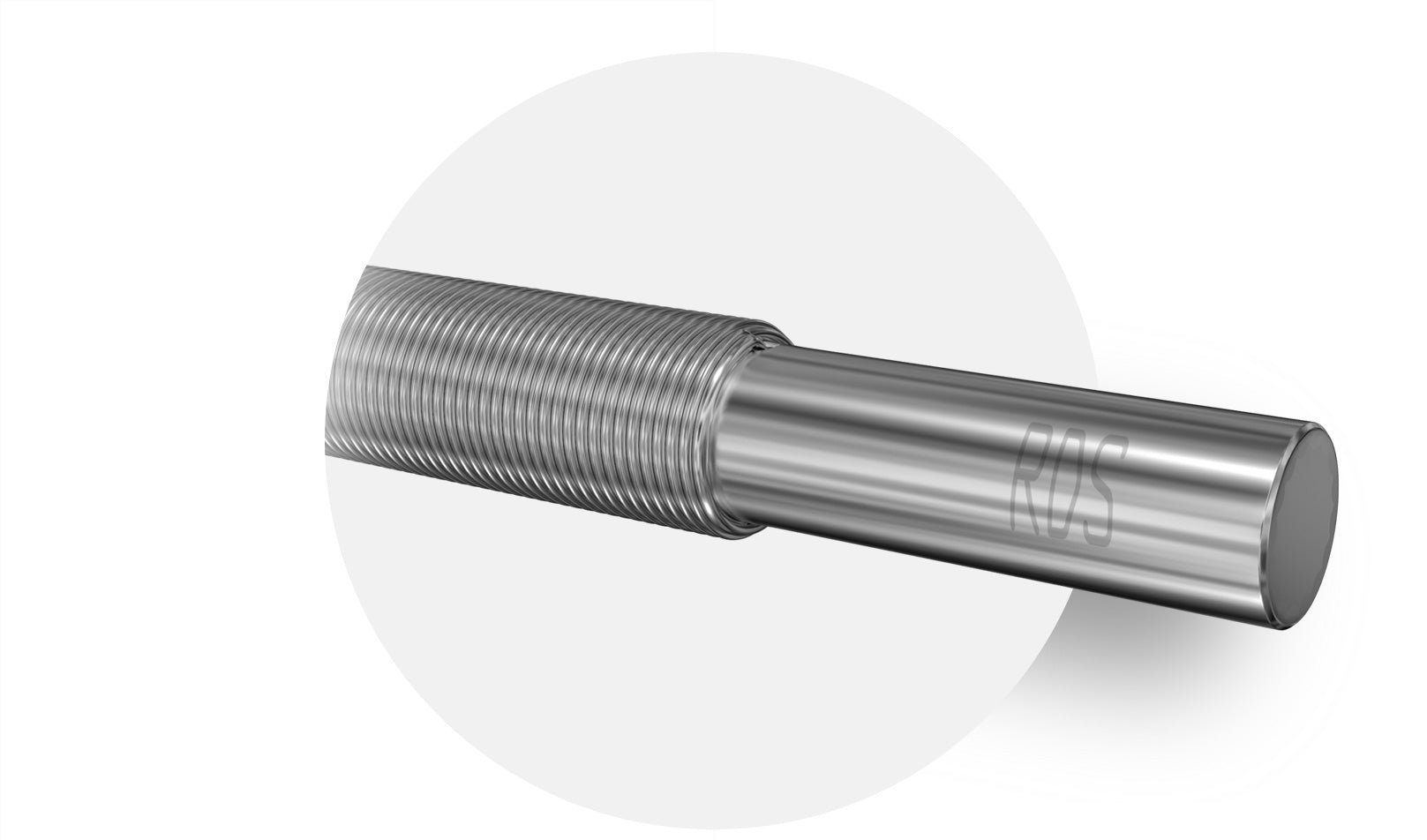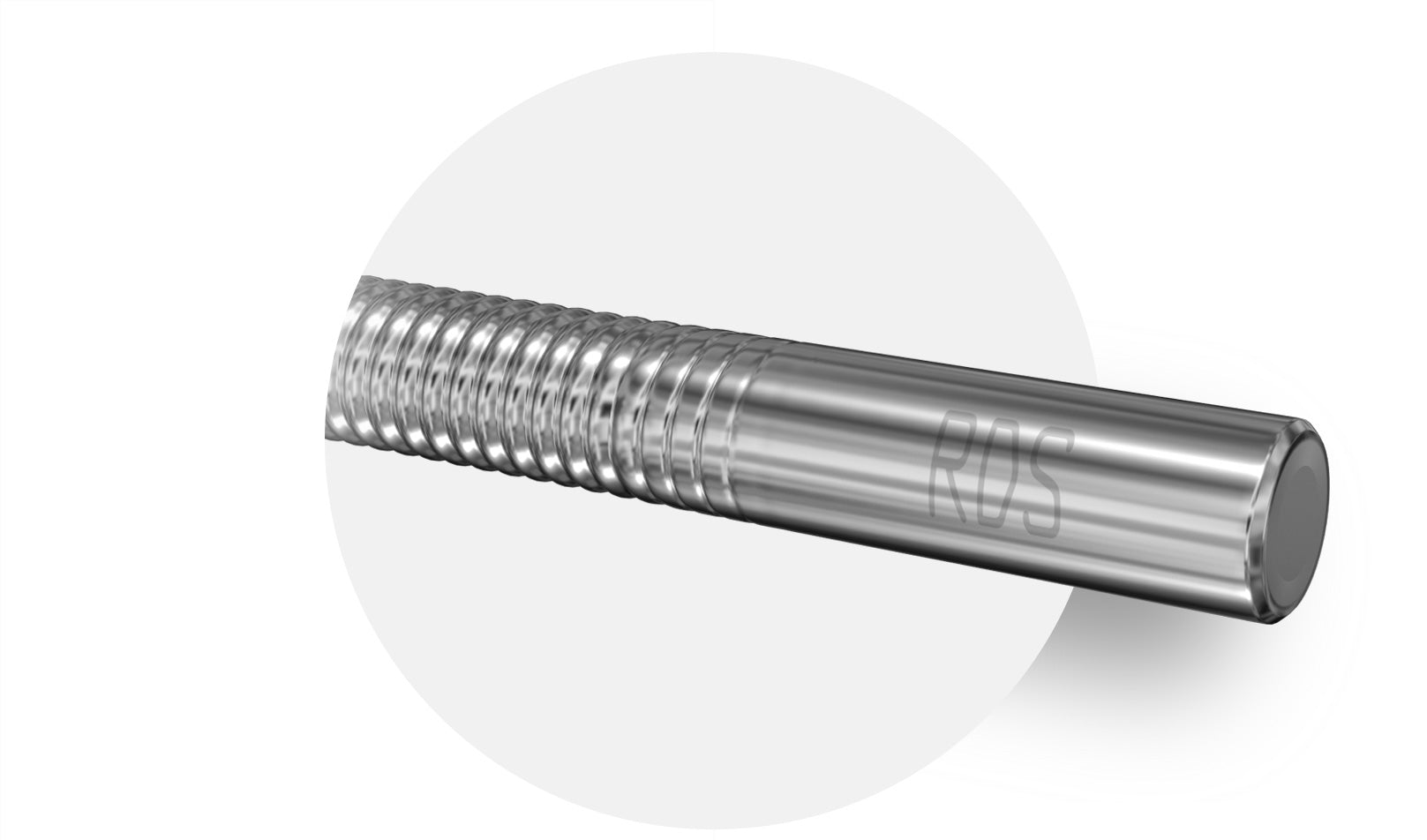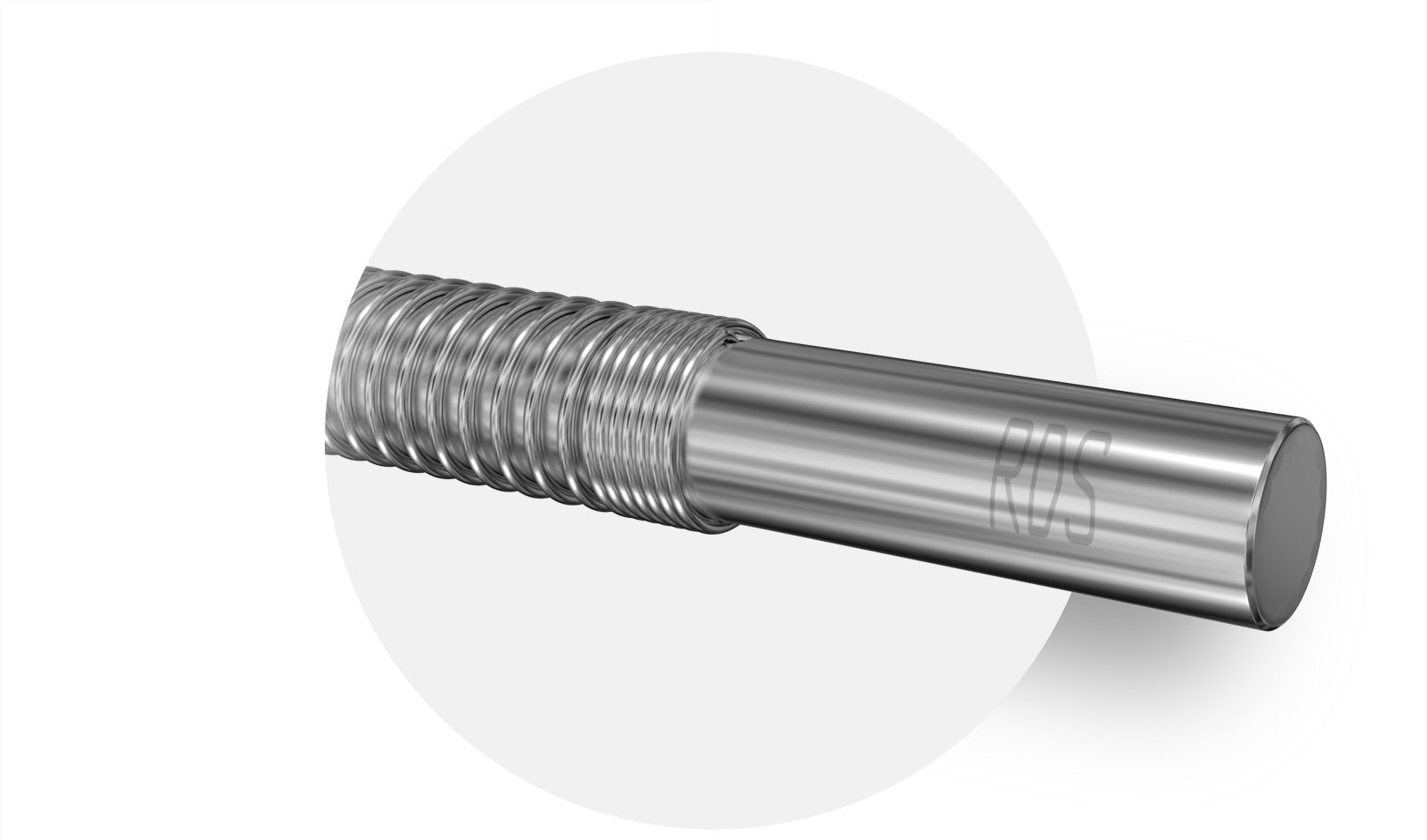About us
RD Specialties began manufacturing quality coating rods for use on carbon paper and applying hot melt wax coatings. Today our metering rods are used to make window film, tape, release paper, photovoltaic films, wall coverings, specialty papers and many others.
wire wound
The original “Mayer” rod. Popularized by Charles Mayer in the 1920's and still the most popular. Available in sizes #3 to #75 including many half sizes. The size refers to the wire diameter in mils (.001 inch). Wire wound rods can be stripped and rewound to save cost and reduce waste. There are no minimums and no setup charges for wire wound rods.
formed (grooved)
A formed (threaded, grooved, etc.) rod is roll formed from a solid steel bar and closely resembles a wire wound rod. The size of the groove determines the coating thickness the same way the cavity between wire winding does. However, the radius in the groove of a formed rod is less likely to clog and cleans up easier than its wire wound equivalent.
gapped rods
For higher viscosity coatings, gapped rods reduce clogging and eliminate lines. By winding a smaller wire with spacing (see image) the cavity created is wide and shallow allowing heavy coatings to flow better. A smaller wire creates a smaller interruption in the coating flow enabling the coating to wet out more completely. While a gapped rod is less durable than a double wound rod, it is also less expensive.
double wound
For higher viscosity coatings, double wound rods reduce clogging and eliminate lines. By winding a smaller wire on top of a larger one (see image) the cavity created is wide and shallow allowing heavy coatings to flow better. A smaller top wire creates a smaller interruption in the coating flow enabling the coating to wet out more completely. While a double wound rod is more expensive than a gapped rod, it is also more durable.
From the people
With over 200 different products to make, we can’t use anything but Mayer rods.
In the right application, Mayer rods give uniform coating weight, optical quality coatings with very low investment.
By stocking our custom rods, RDS has nearly eliminated lead times.
Sending used rods back to be rewound has reduced cost and waste.
